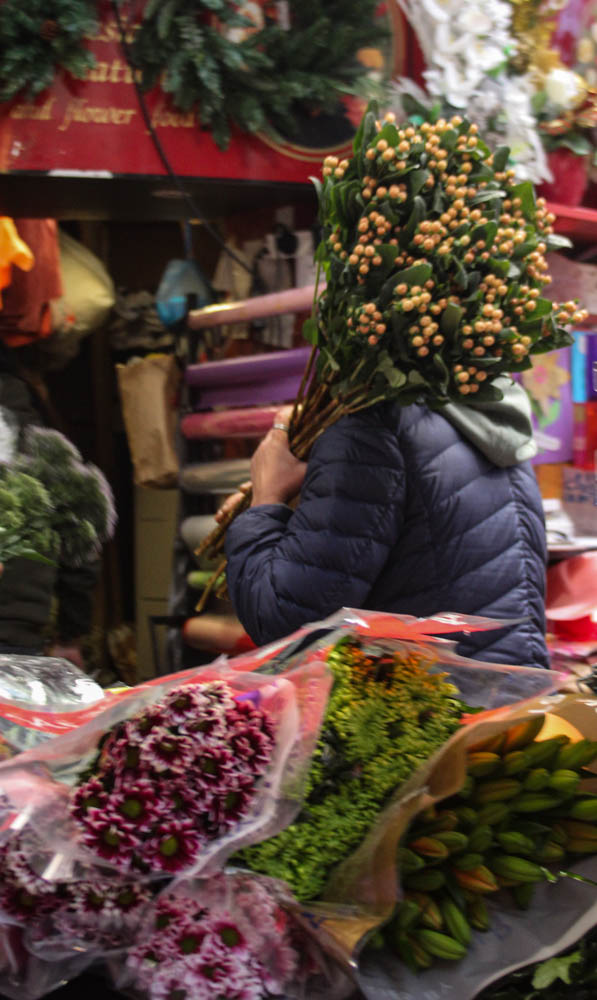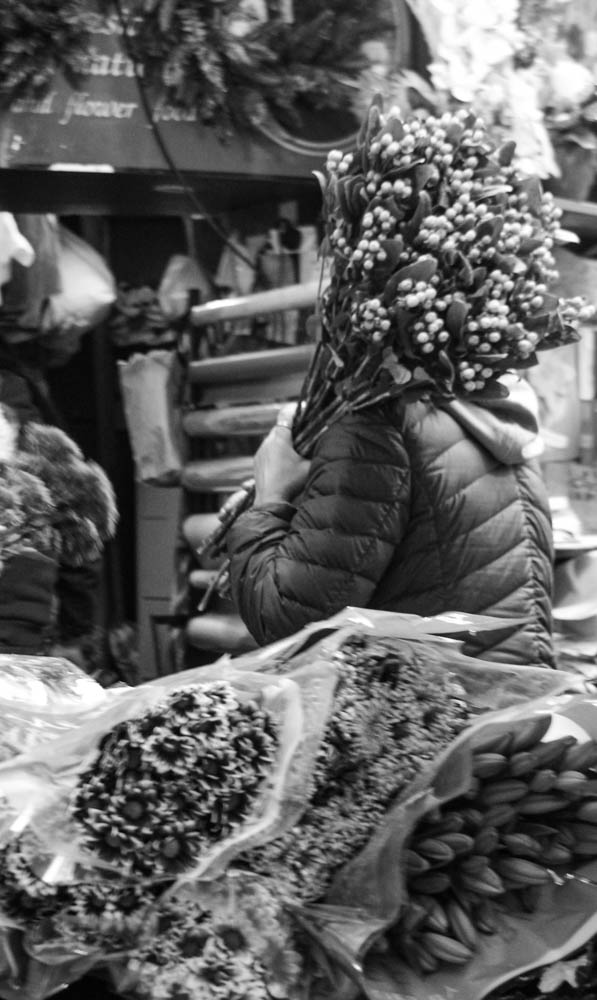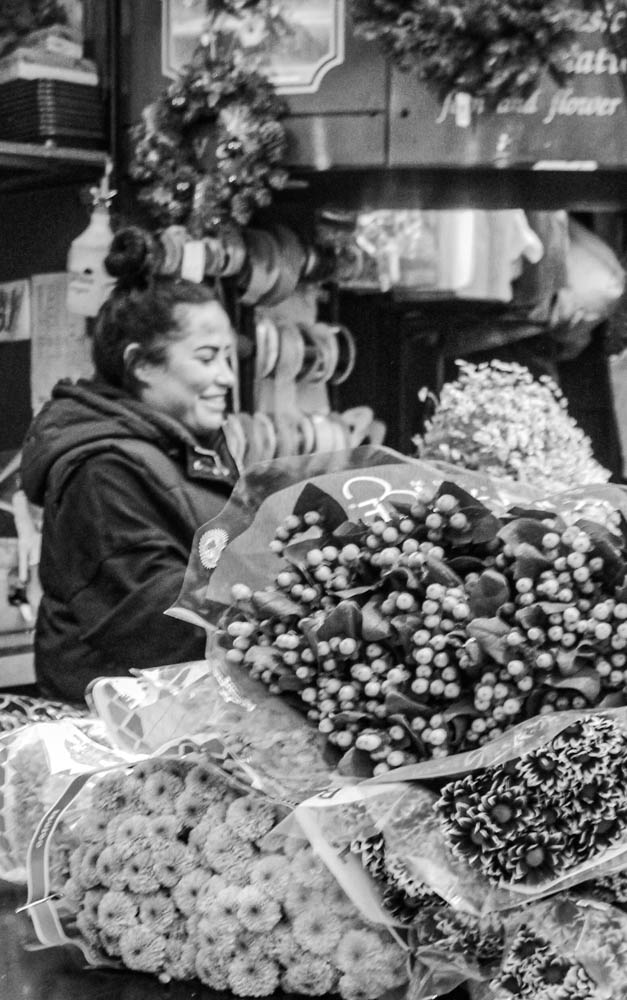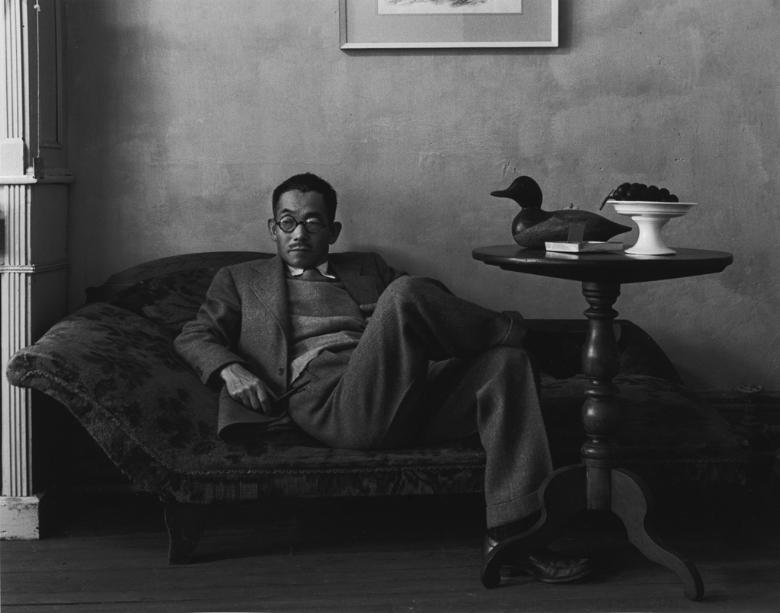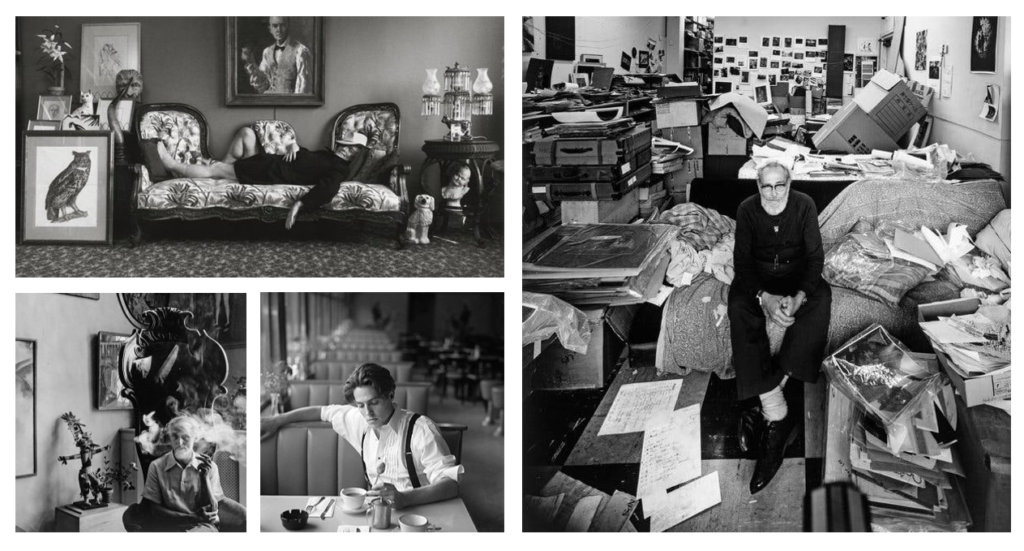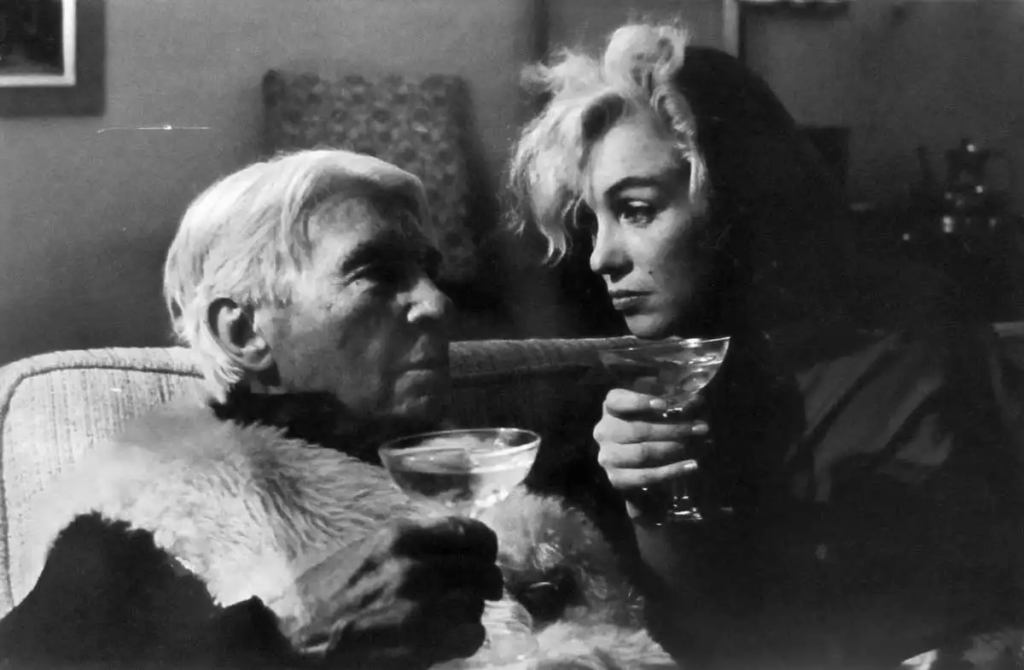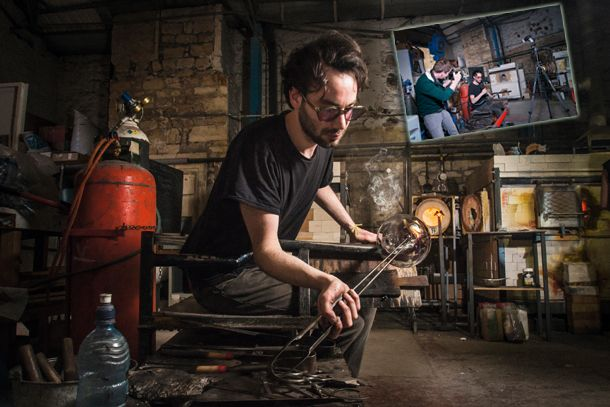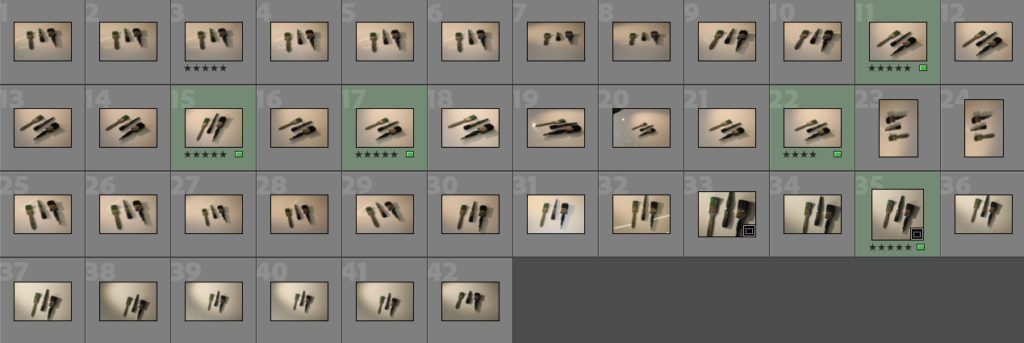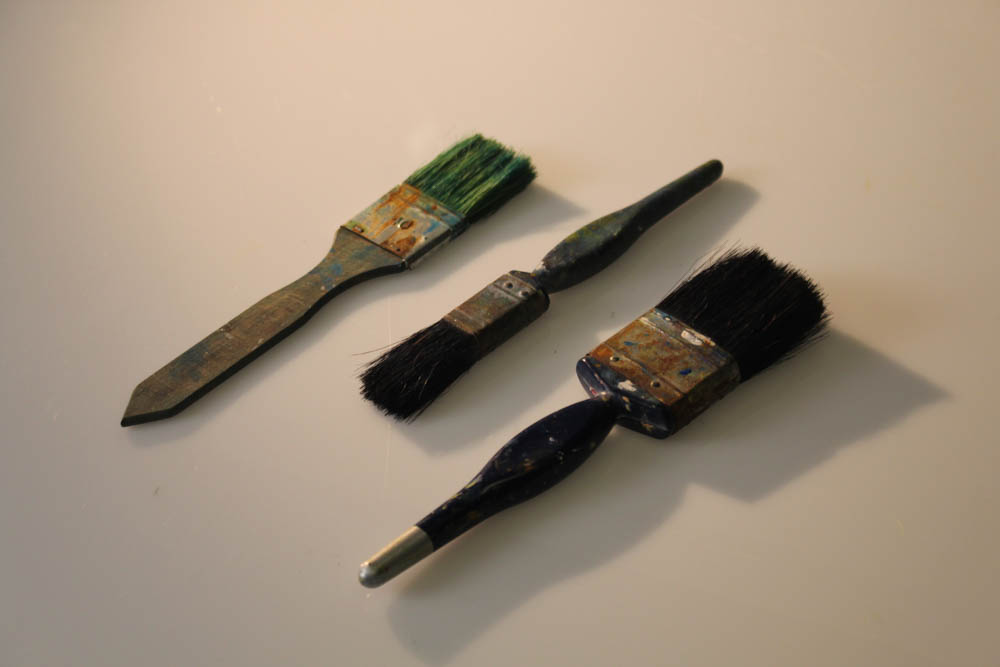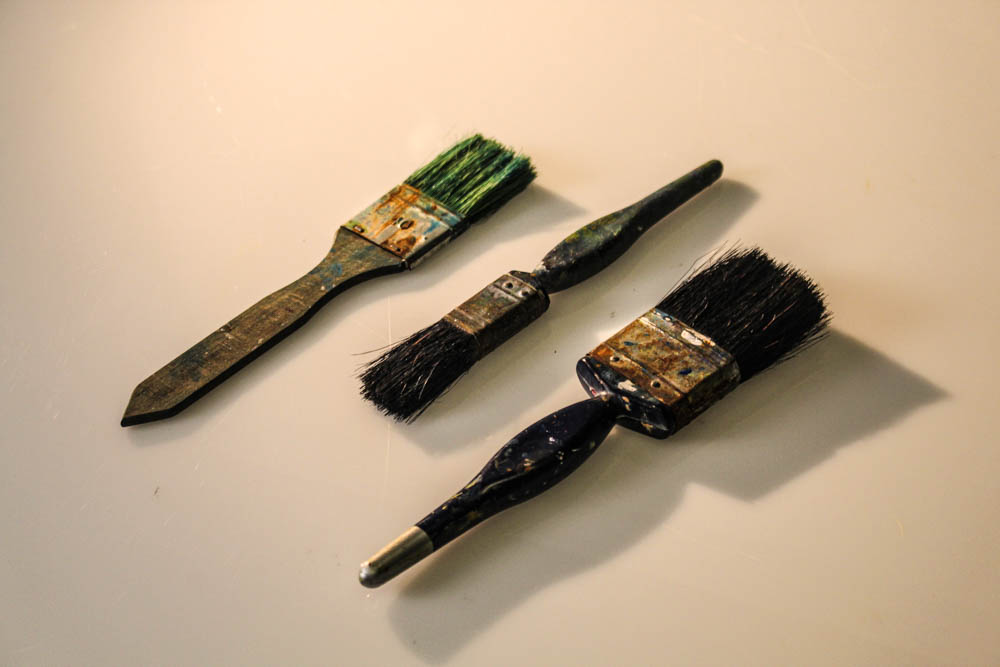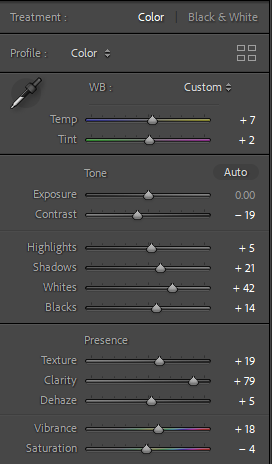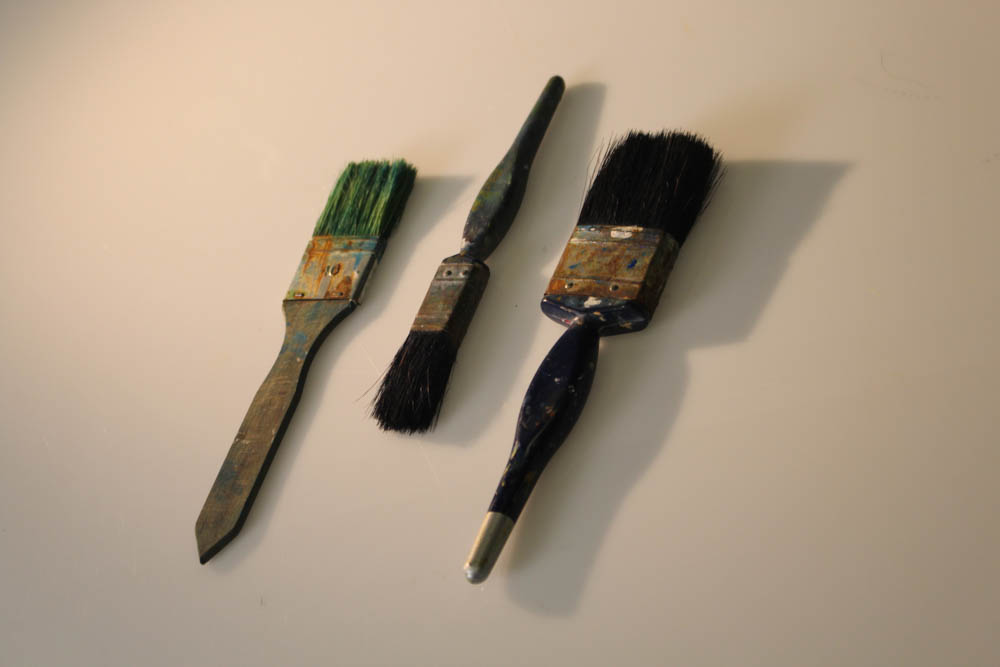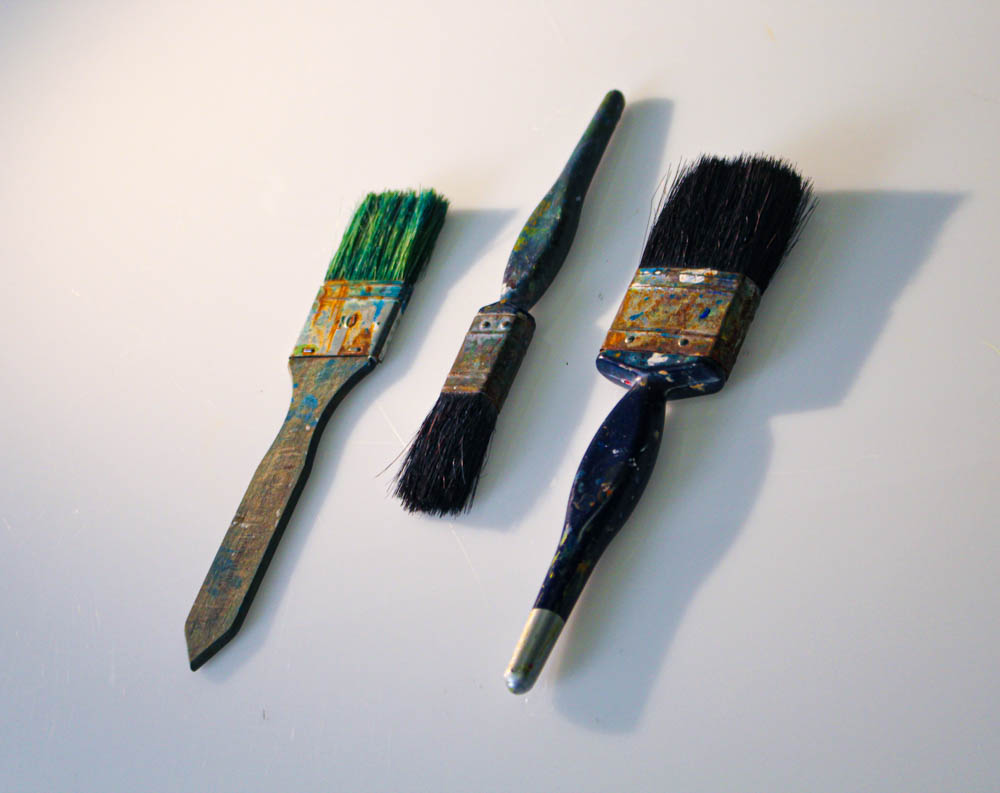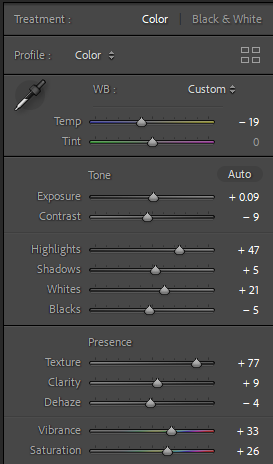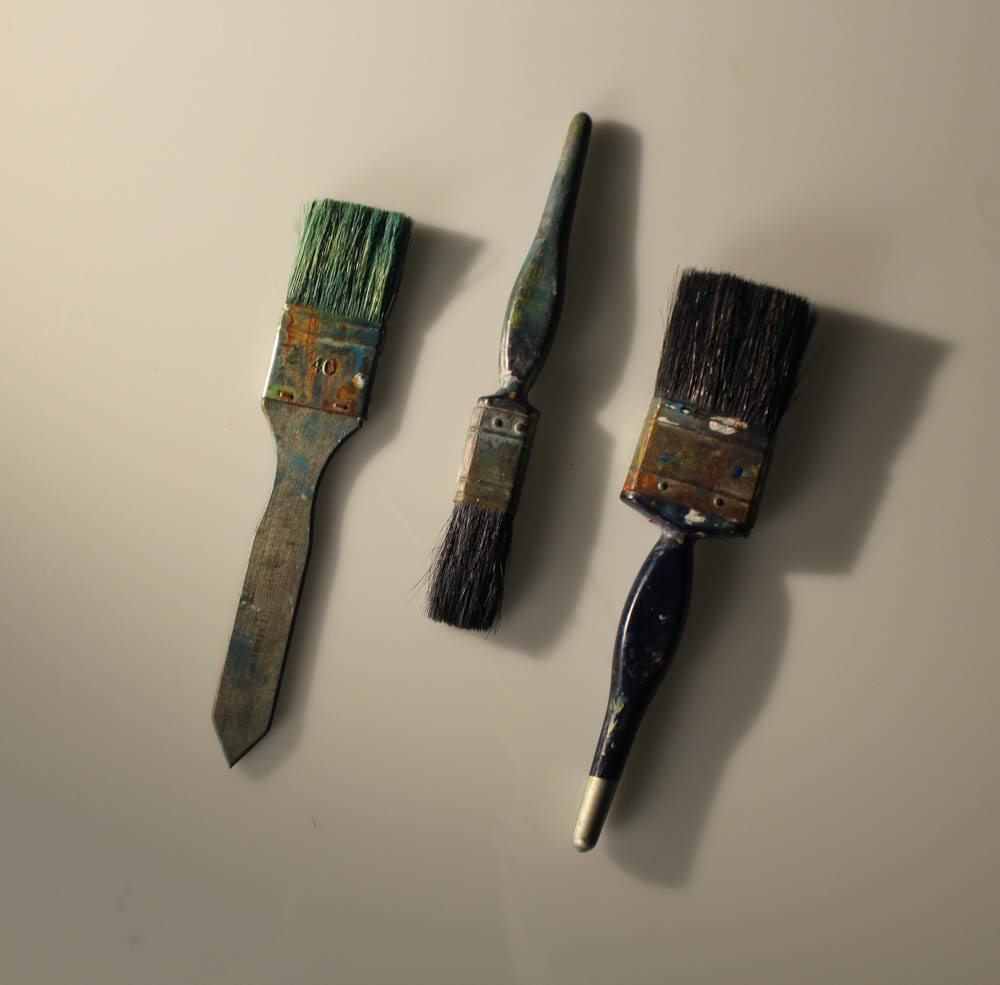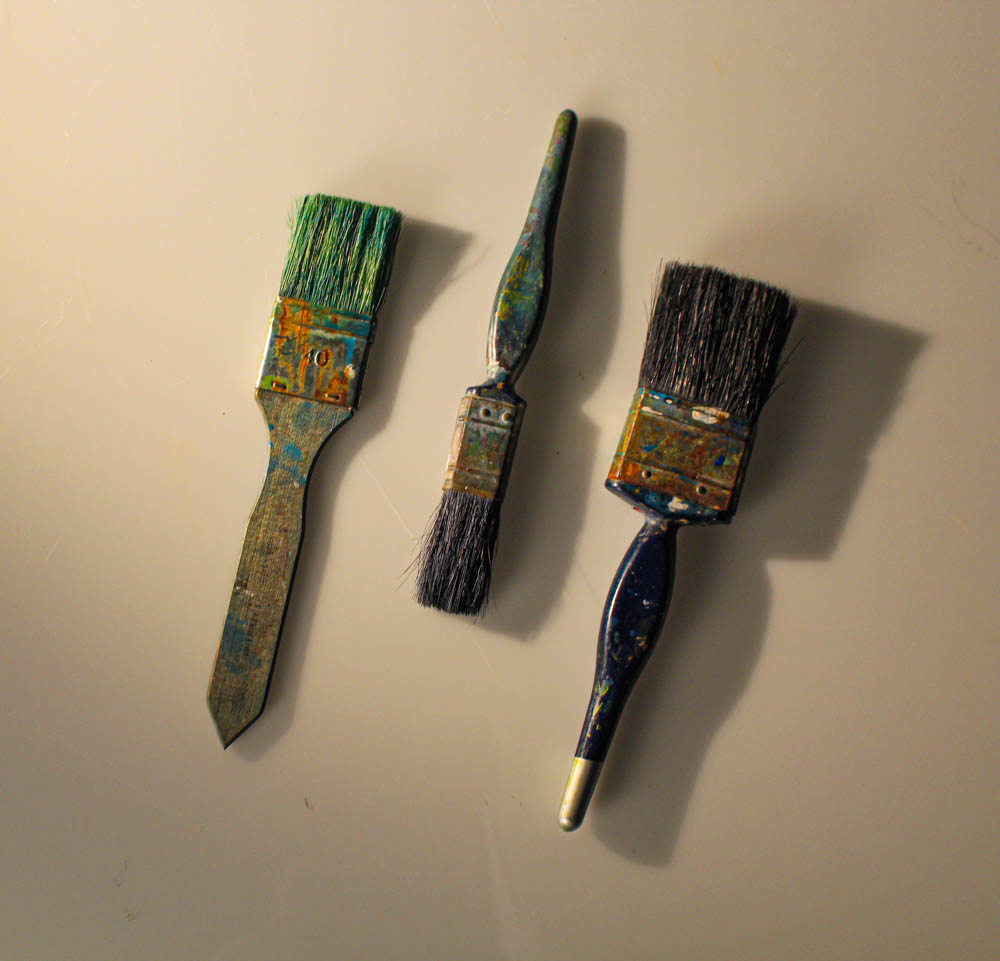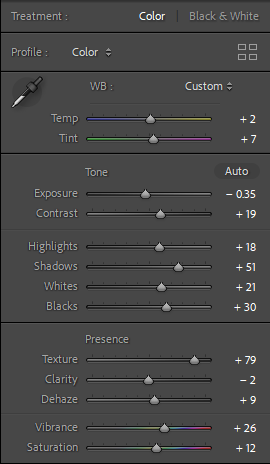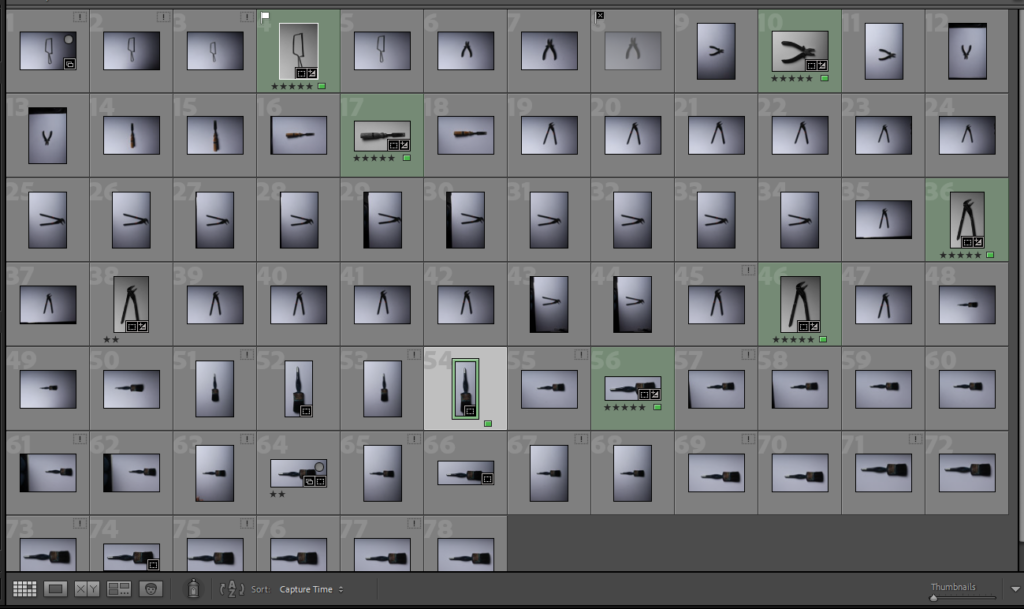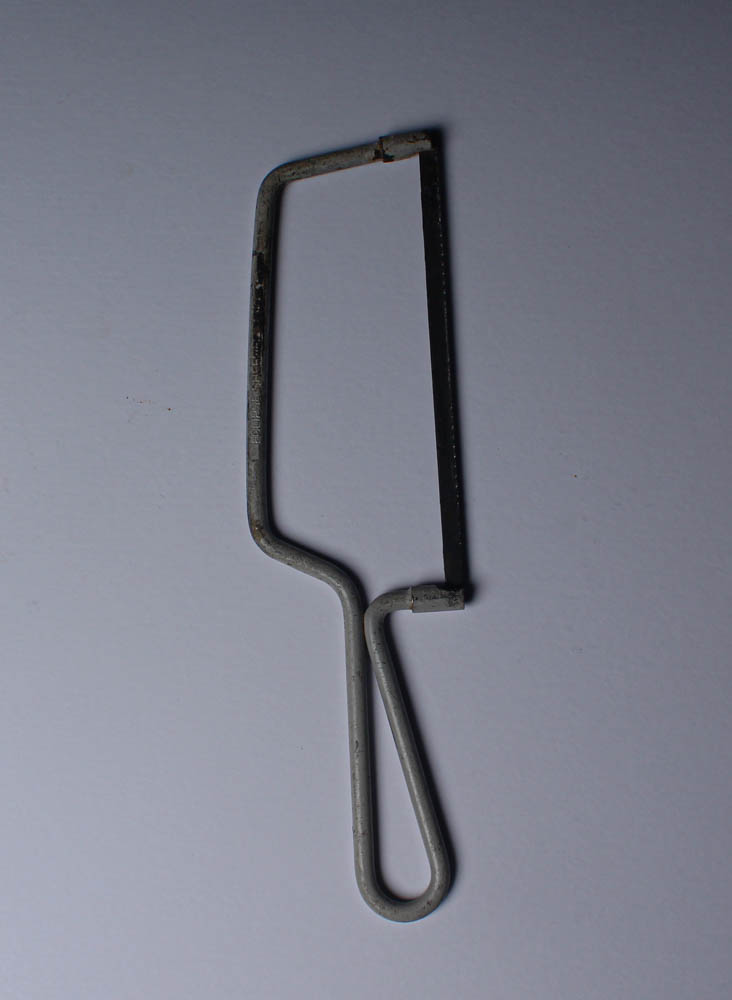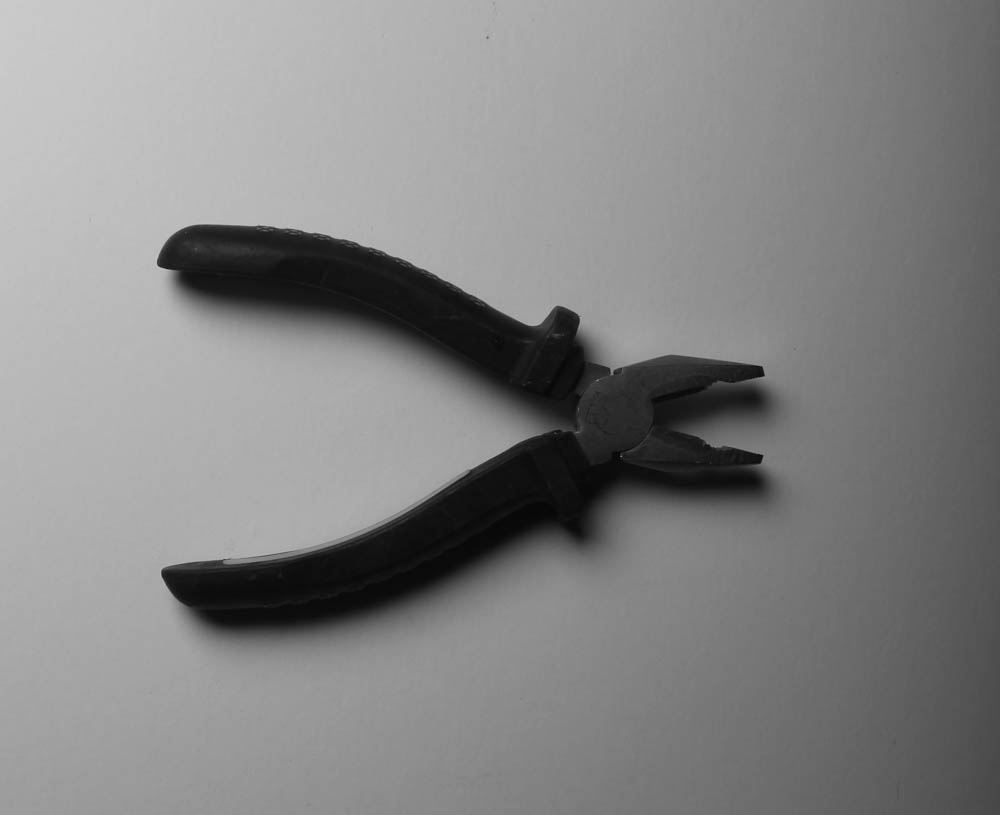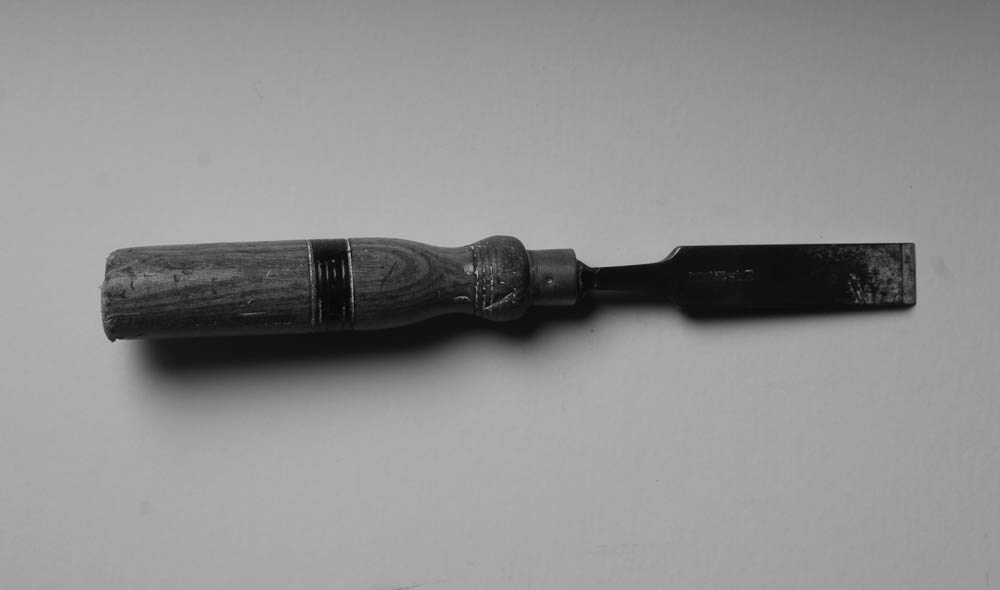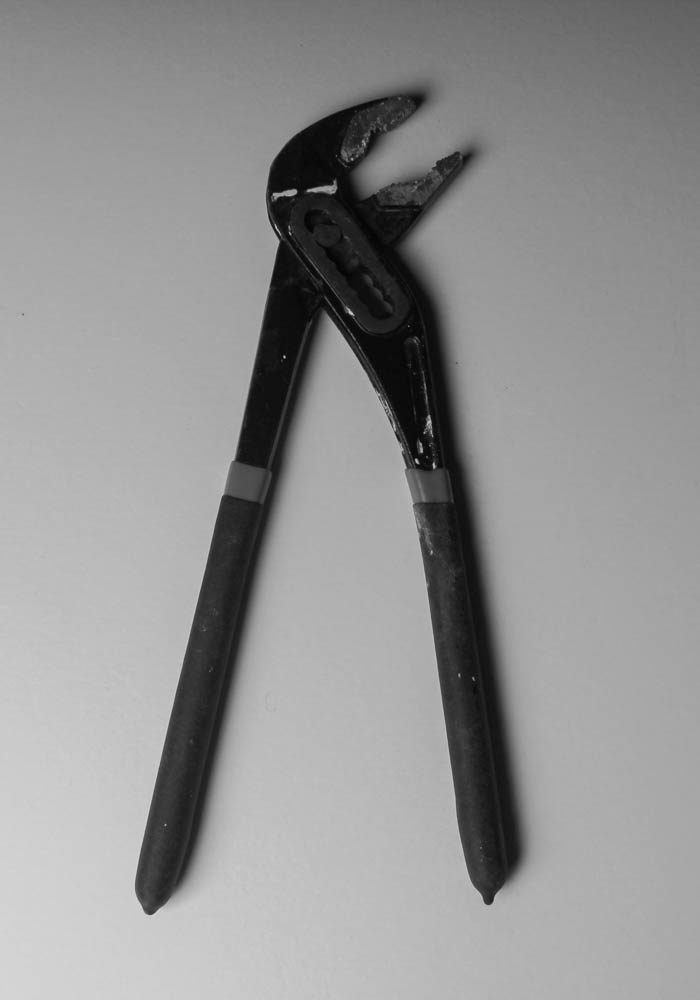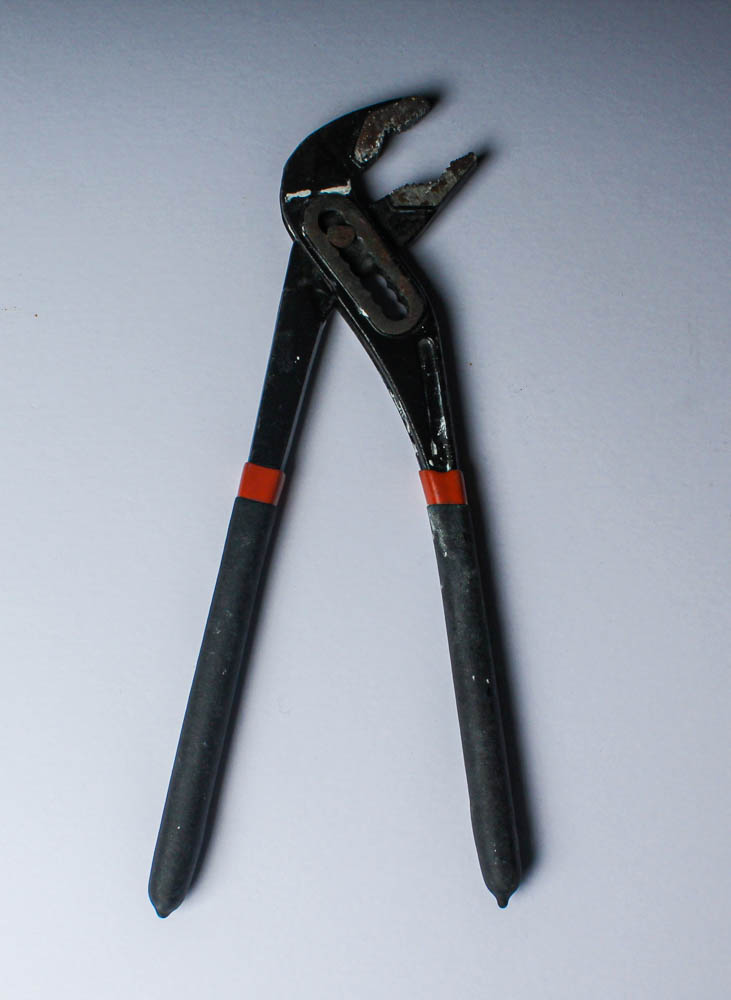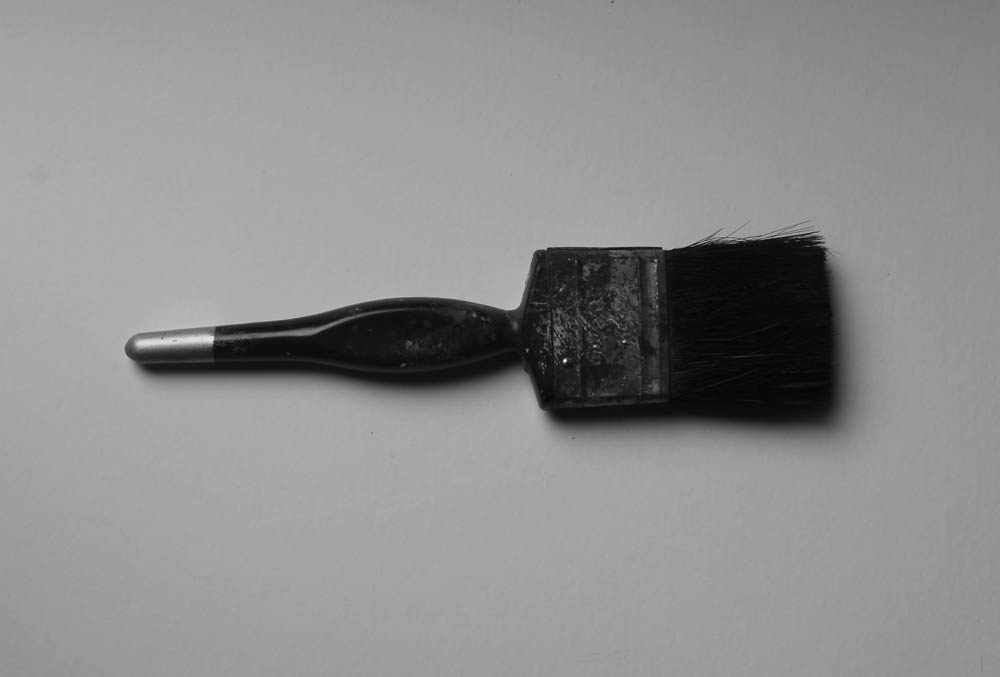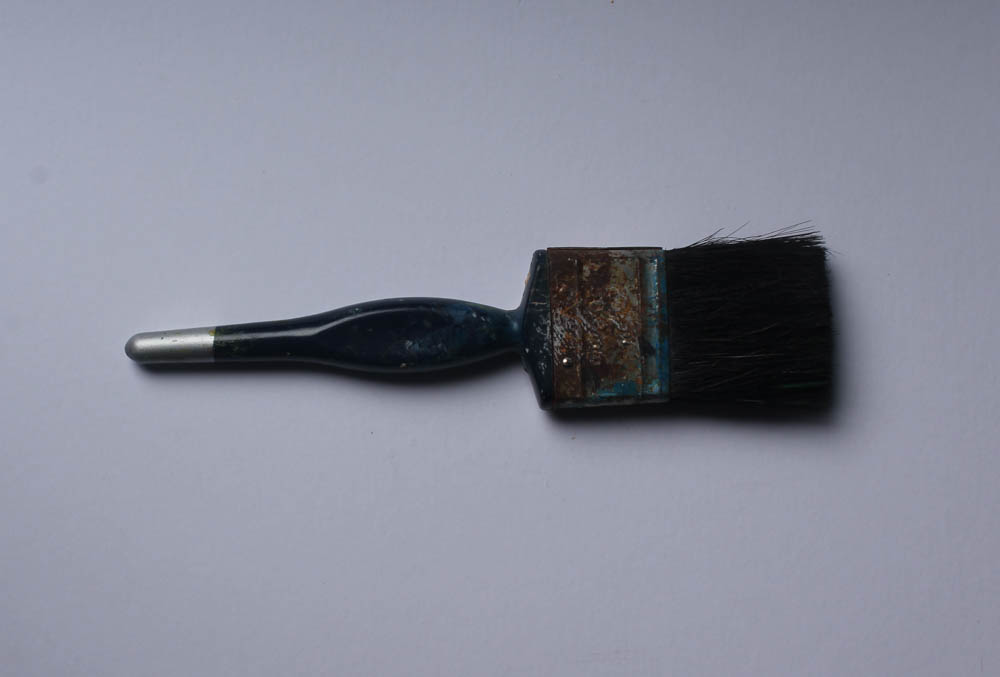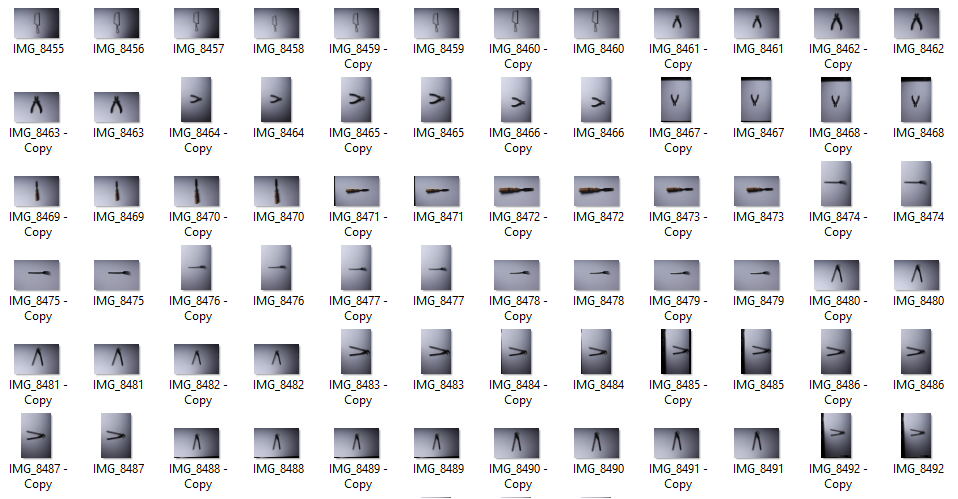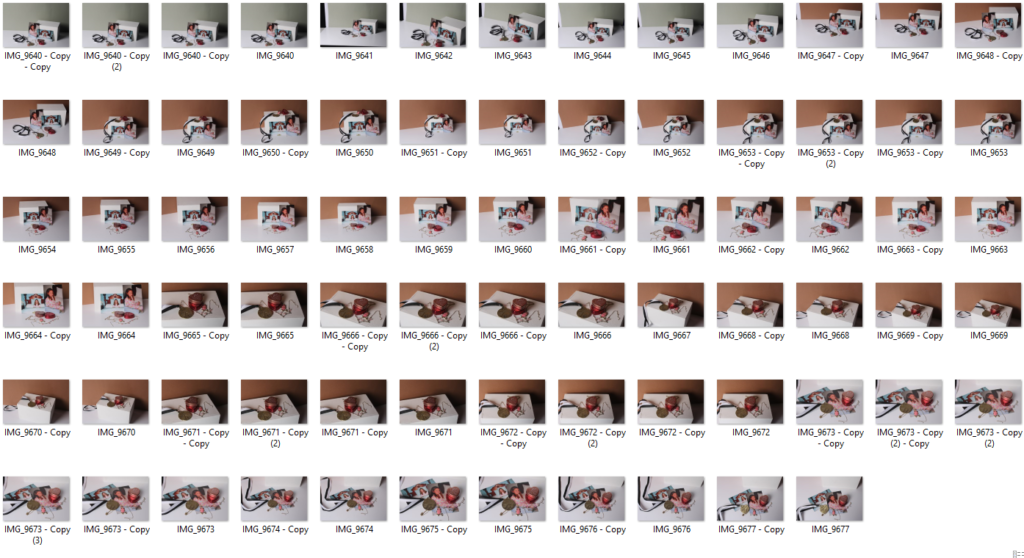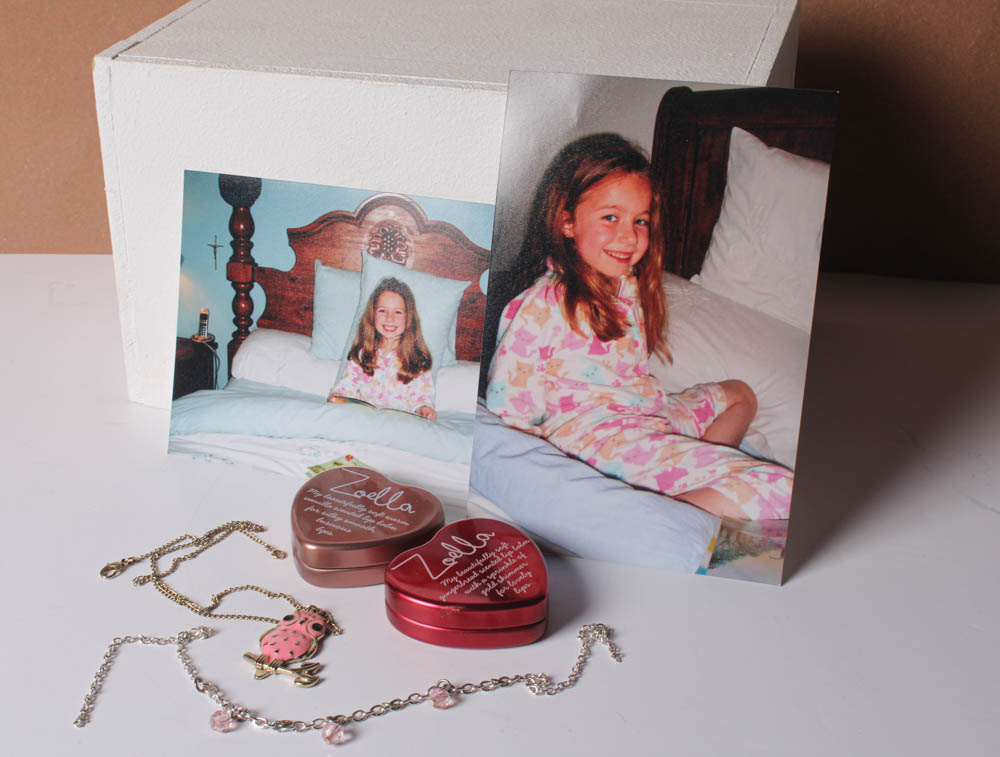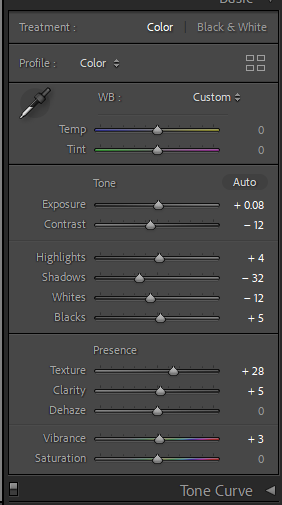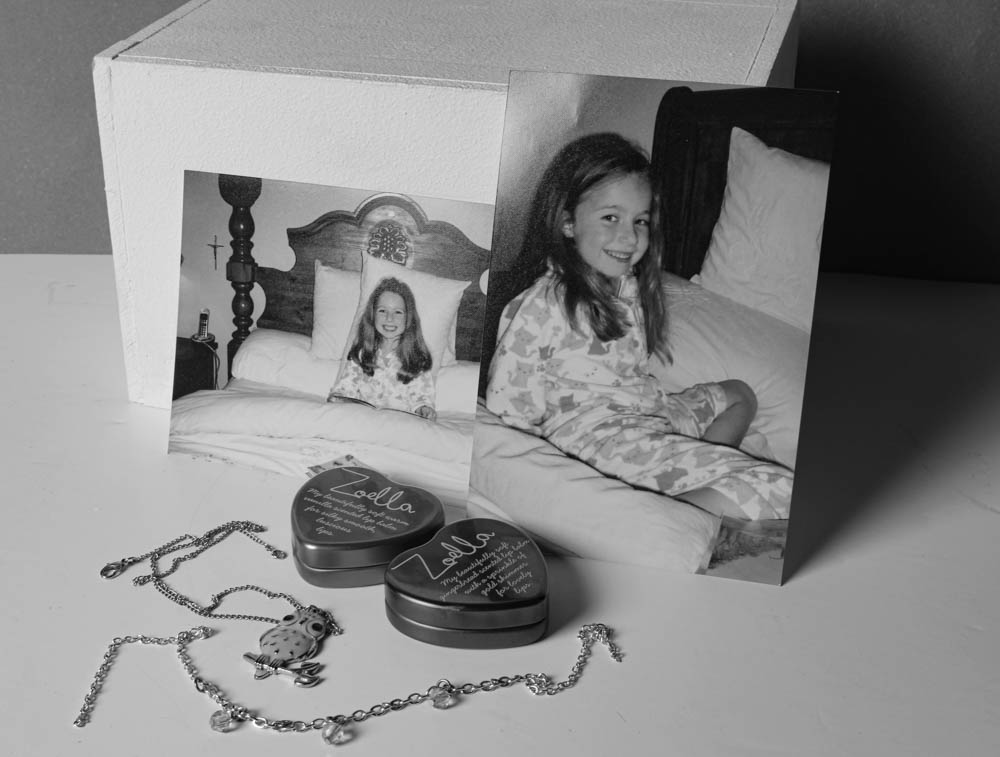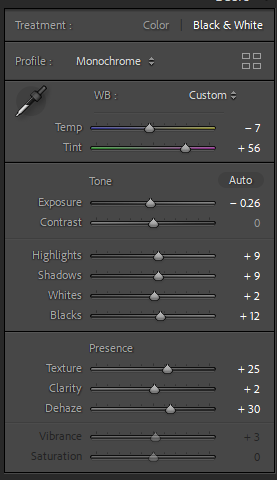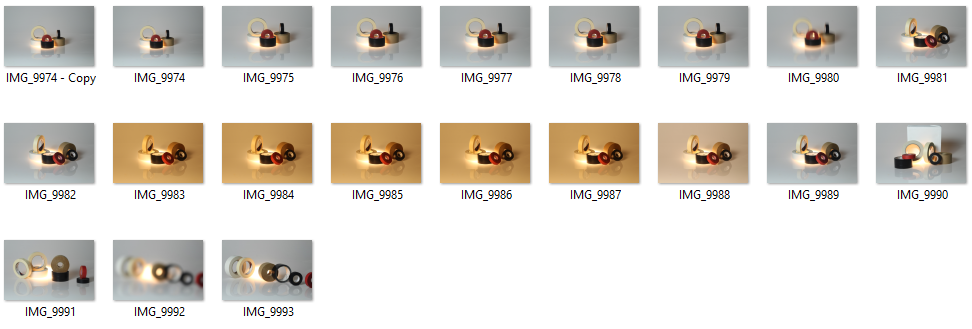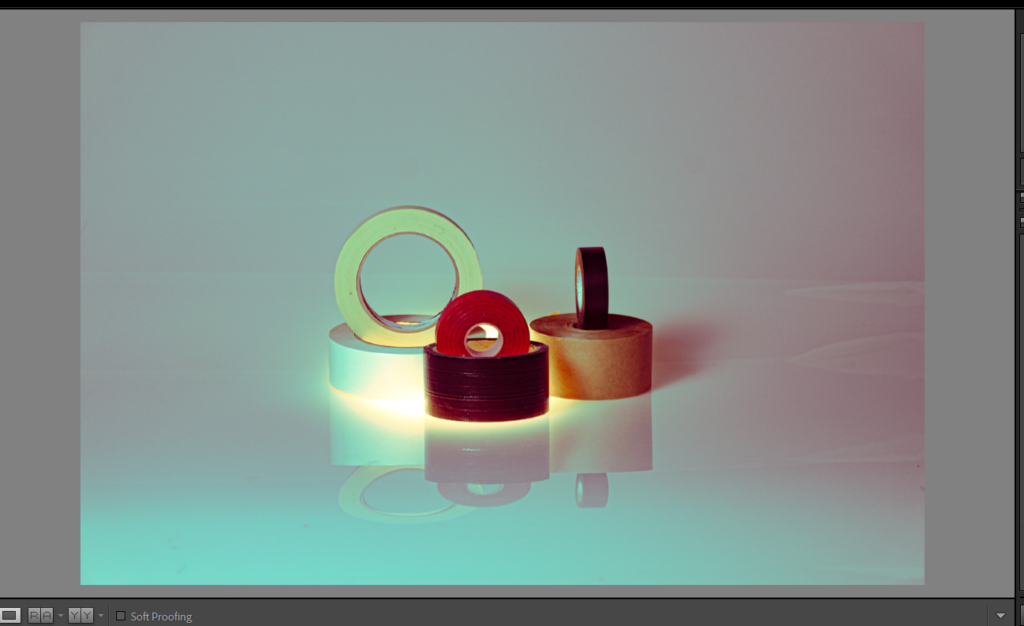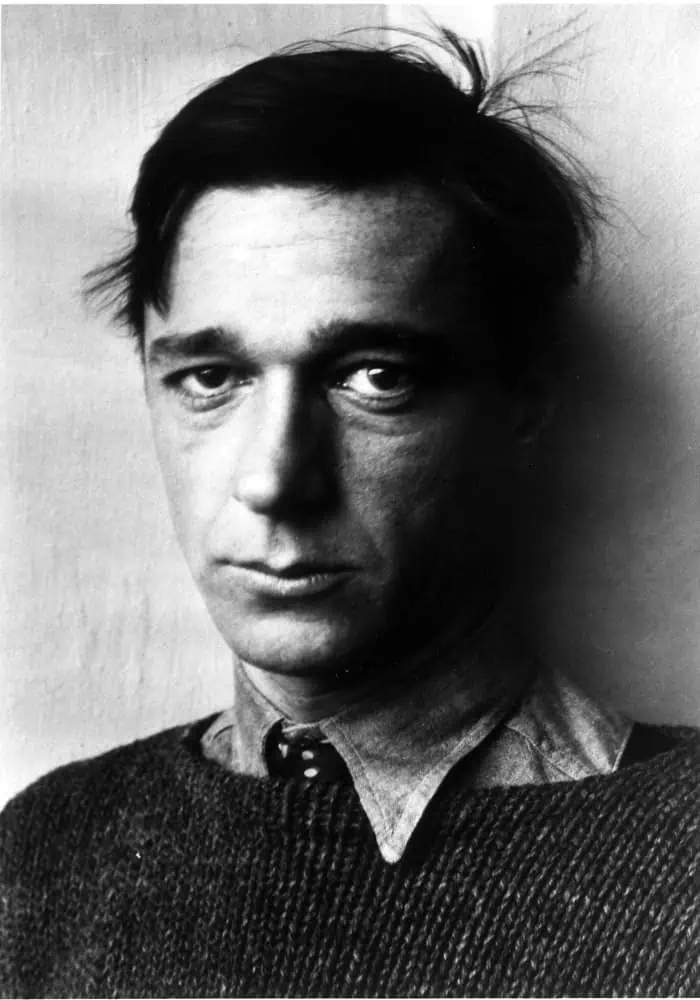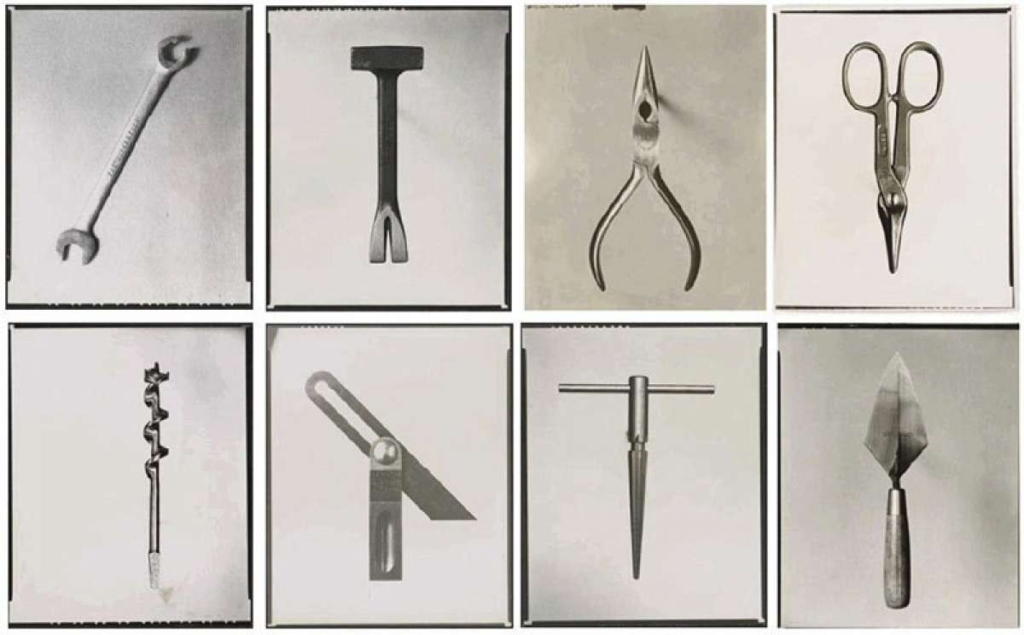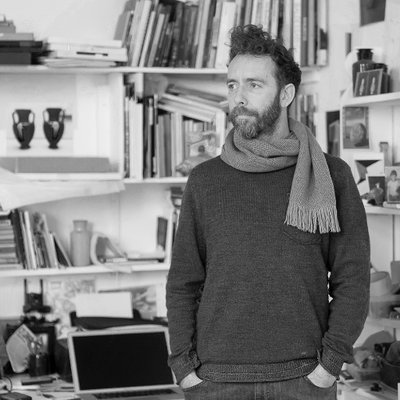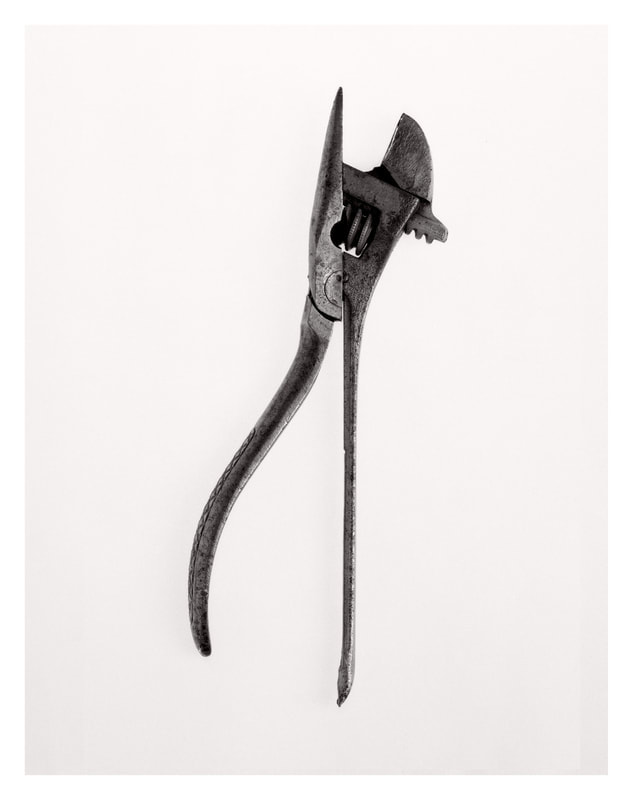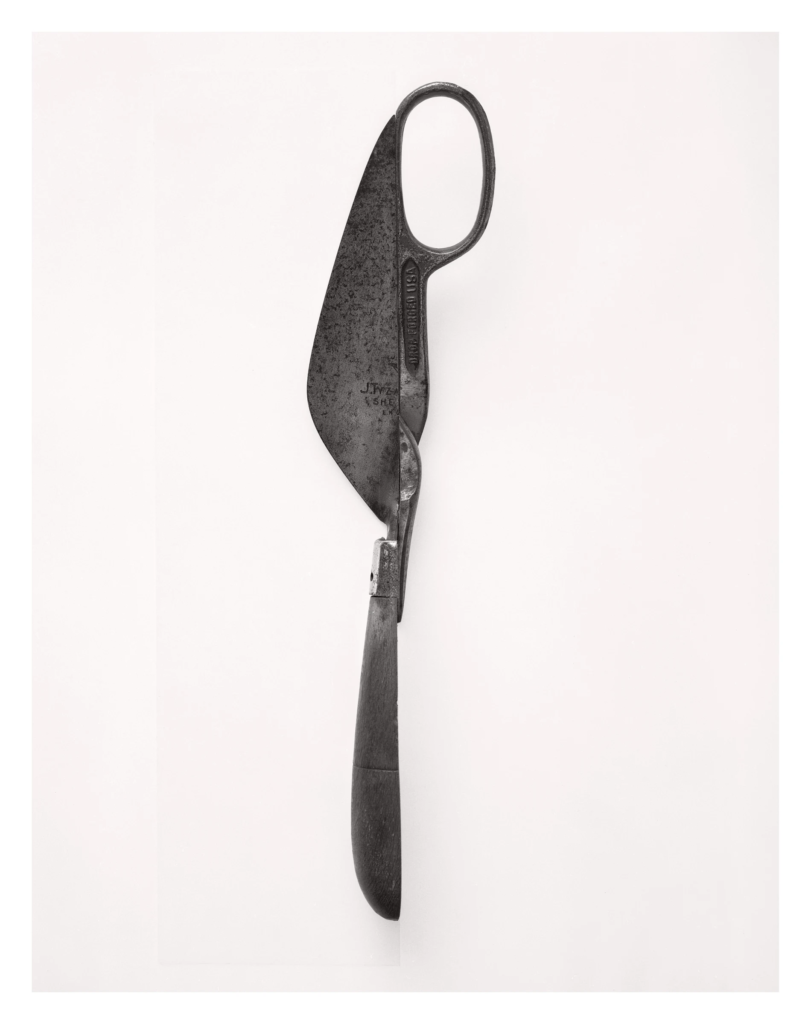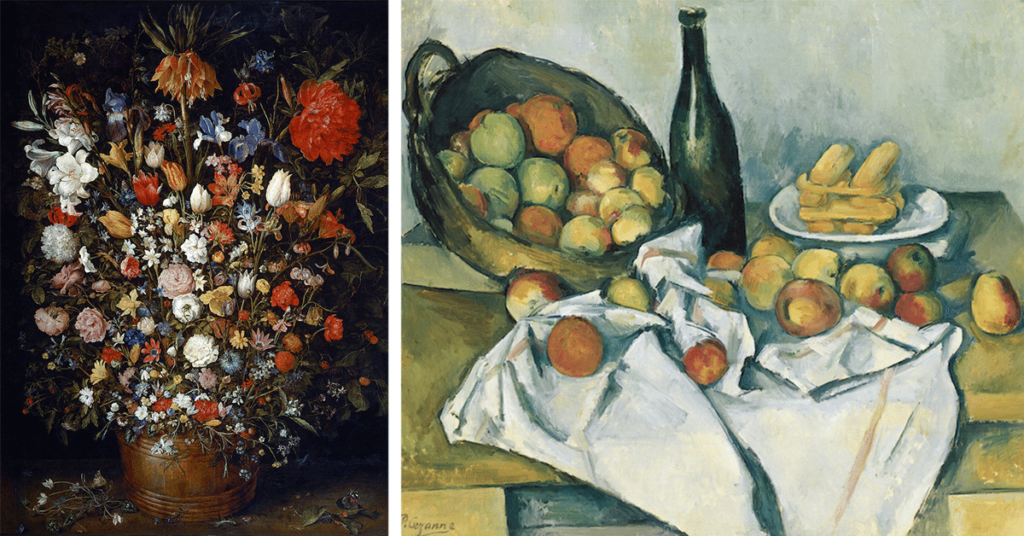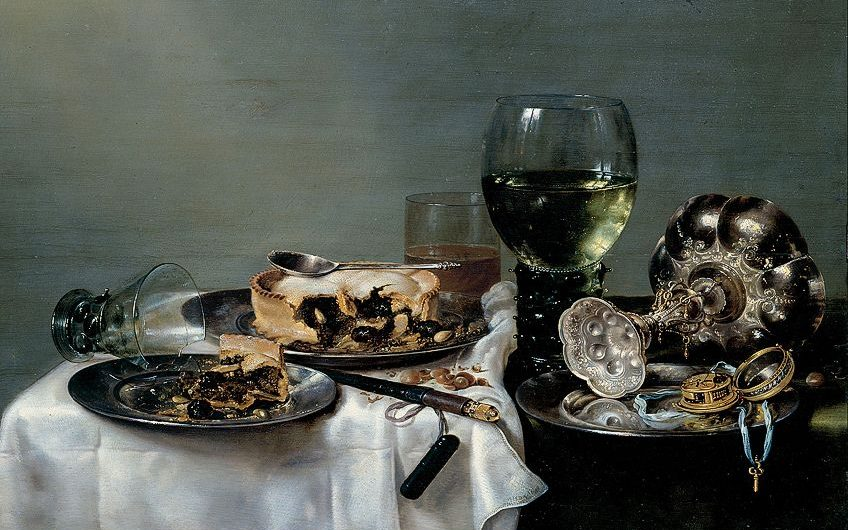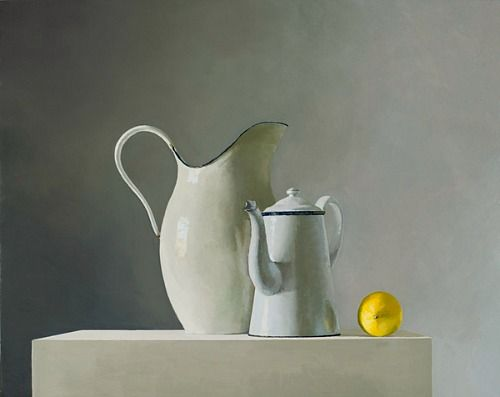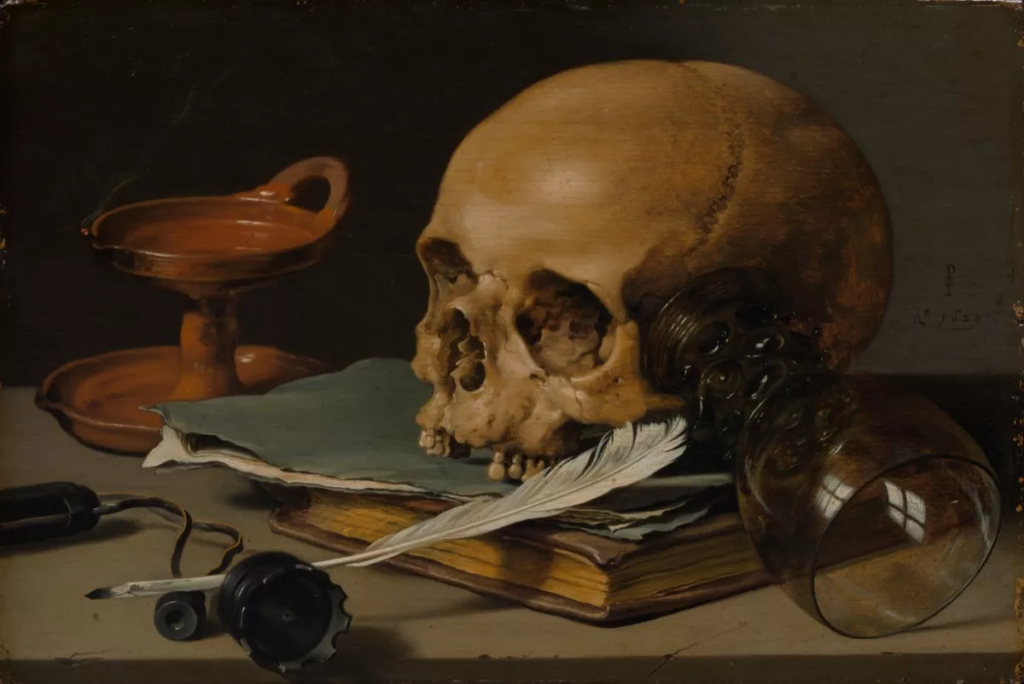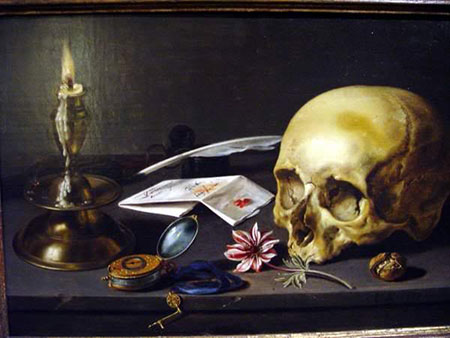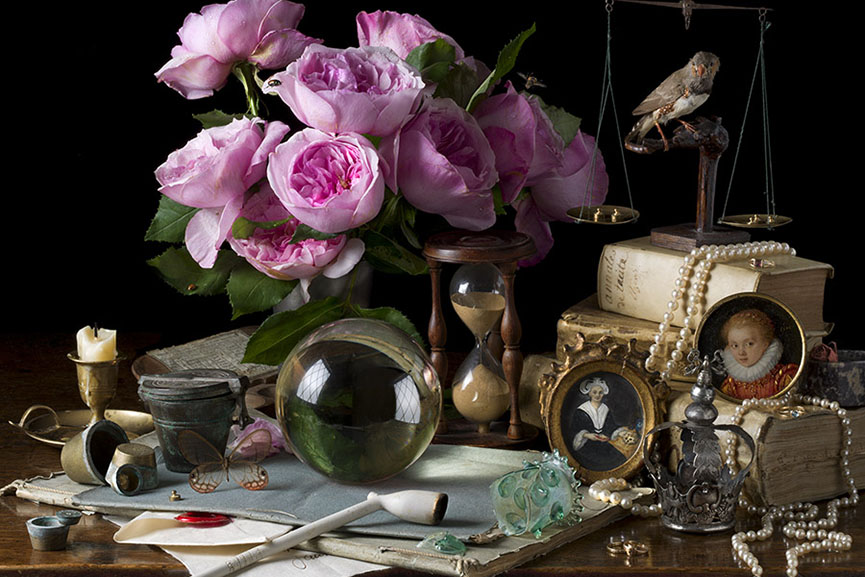Photoshoot Plan:
- For this photoshoot I am going to visit the florists in the market, I want capture them with a bouquet or organising one because I think this will overall give a really engaging photo because the viewer can see what they are doing as well as creating an engaging and attractive effect, with various focal points for the viewer.
- I am going to experiment capturing the subject from different positions such as at an angle, straight on, and below eye level, as this will create different effects that will engage the viewer in different ways.
- I want them to hold the bouquet or have the flowers laid in front, because I want the flowers to be part of the photo creating different focal points.
Contact Sheet:

The flowers themself create really eye catching shapes and tones, but I also thought capturing the florist organising bouquets of flowers whilst preparing them would overall create a really interesting and aesthetic photo that would draw your focus towards. I have put an ‘x’ next to the photos, which were my least favourite and my favourites are show below:
My Photos:
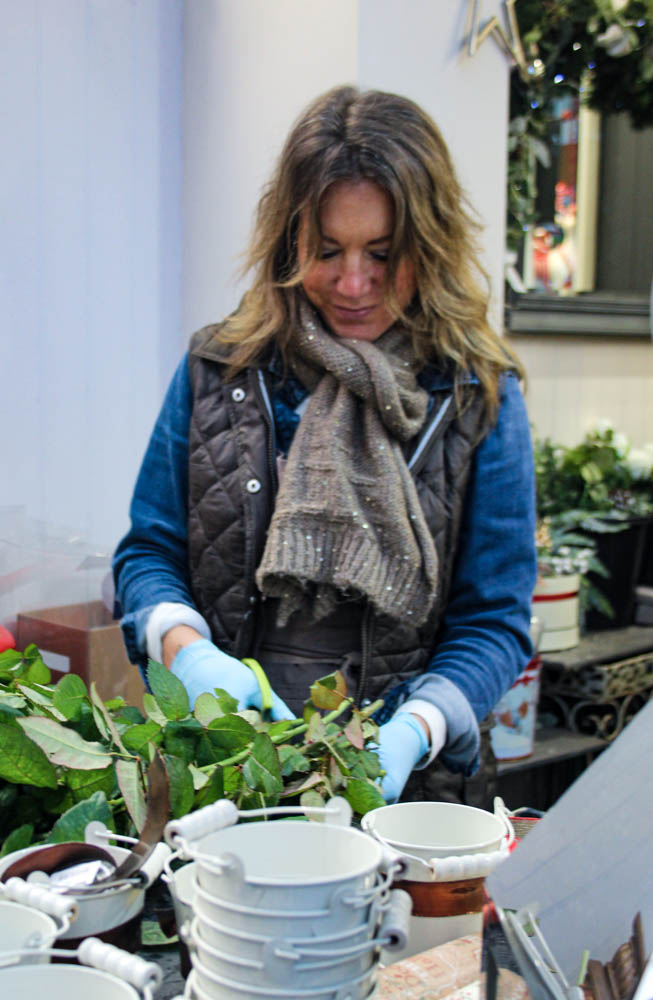
Favourite images:
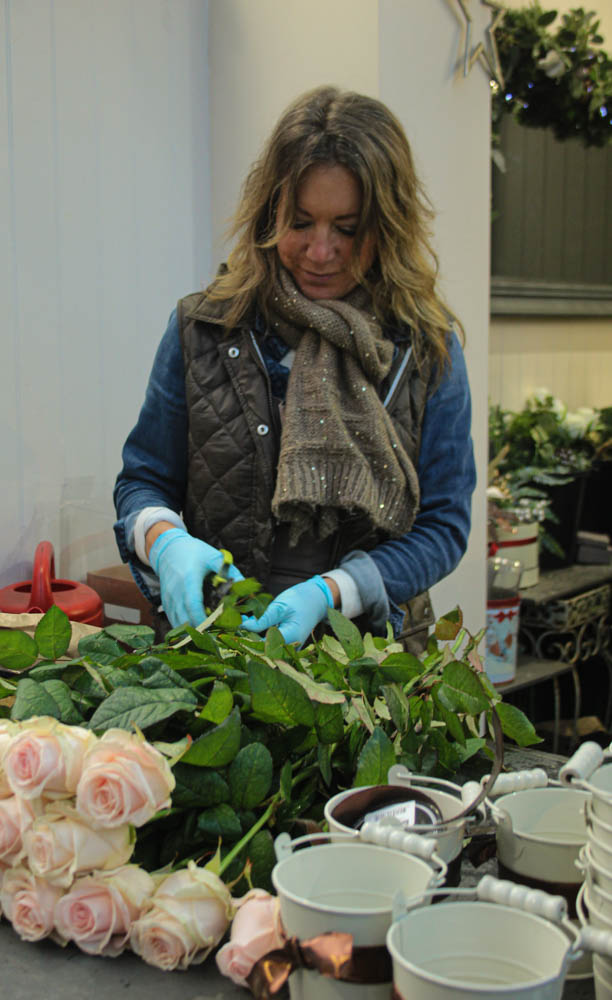
This photo has a shallow depth of field, as I wanted the florist to be the main focus and stand out. I like how the florist is the central focus as you notice it straight away, then leading lines are created directing your eyes down towards the flowers, creating this visual story of what she is doing. I captured this photo in the natural light, then using Lightroom to experiment with different exposure levels and tones.
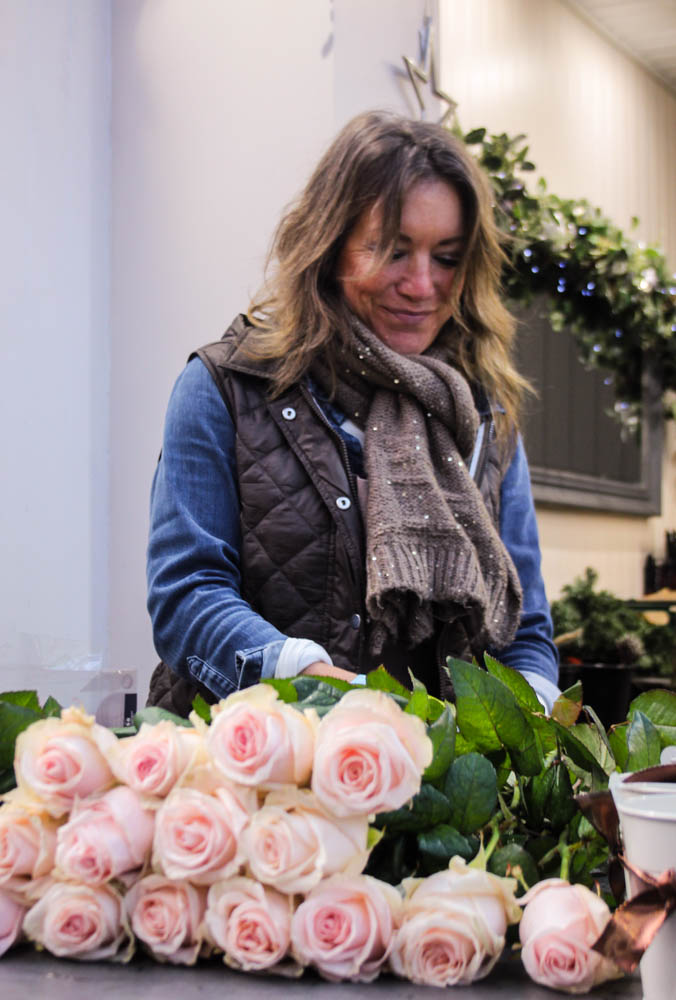
For this photo, I captured the florist at an angle, and looking up towards her. This allowed me to include more of the flowers which I thought would be a really interesting and engaging part of the photo. I wanted to capture the florist with the flowers laid out in front of her because this makes it very eye catching and engaging for the viewer. This angle, creates leading lines upwards towards the centre giving the main focal point. You firstly notice the subject then your eyes are moved down towards the flowers, creating another focal point.
